Get PeakVisor App
Sign In
Search by GPS coordinates
- Latitude
- ° ' ''
- Longitude
- ° ' ''
- Units of Length

Yes
Cancel
Share ×

Scan the QR code and open PeakVisor on your phone
❤ Wishlist ×
Choose
Delete
For many, Lura-Dejes Mt National Park shows visitors the diversity and beauty of Albanian nature since it hosts glacial lakes and steep mountain peaks. It is said that you don't know Albania if you have never been here. There are 20 named mountains in Lura-Dejes Mt National Park. The highest and the most prominent mountain is Mali i Dejës (2,244 m/7,326 ft).
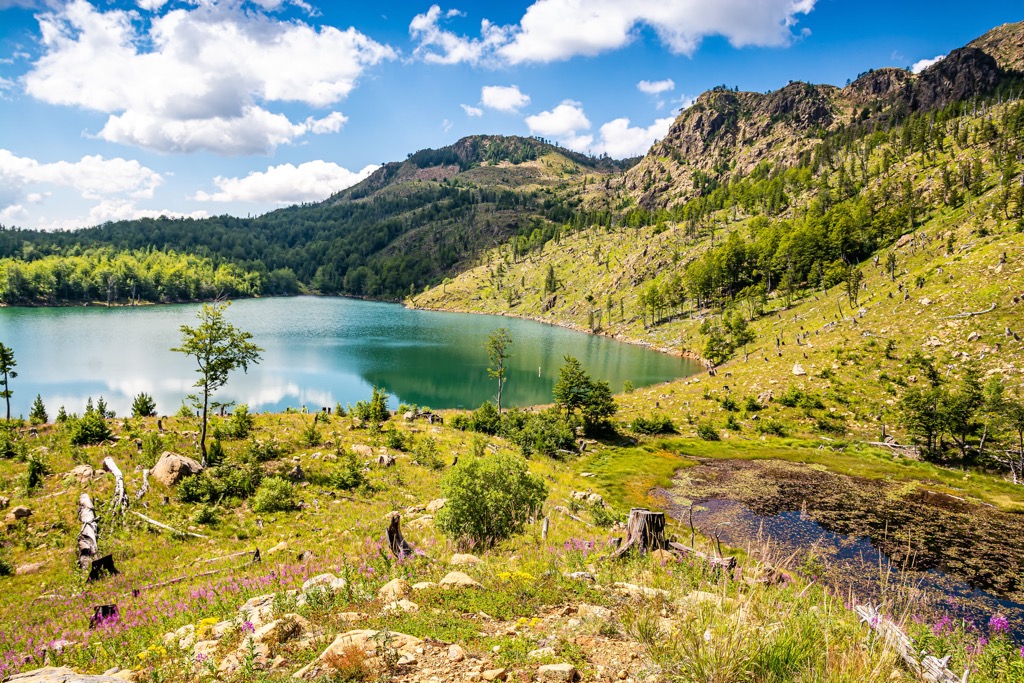
This national park was once called Lure National Park, but today we know it as Lura-Dejes Mt National Park or Lurë-Dejë Mountain National Park, but in Albanian, it’s Parku Kombëtar "Lurë-Mali i Dejës."
This is a large park in northeastern Albania and was expanded by 77% to cover 202 sq. km (78 sq. mi) in 2018 and now encompasses Kunora e Lurës, an area formerly contained in the Zall-Gjocaj National Park, and Dejë Mountain.
Albanian poet Gjergj Fishta once said, "he who hasn't seen Lura doesn't know Albania," and most would agree that he's right. Anyone visiting Albania for the first time should make sure to visit Lura.
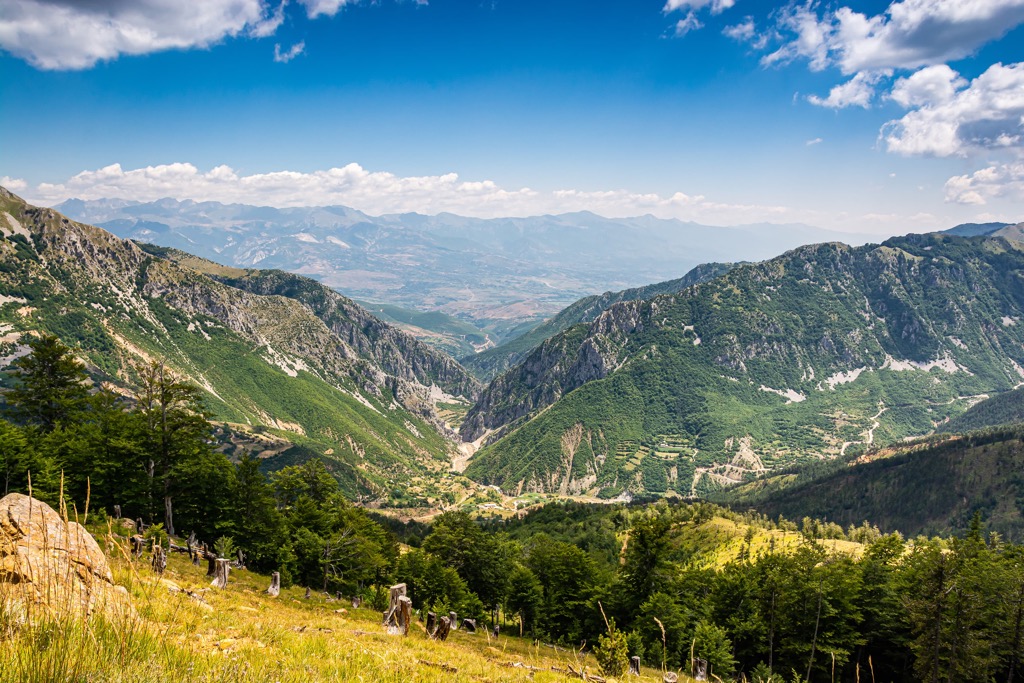
Lura is home to the most extensive collection of glacial lakes in Albania. They have a surface area of 100 ha (247 ar) and are located in northeastern Dibra or Diber County. You can see stunning glaciers from the melting ice, but it's also an ideal location for winter sports like skiing.
The park includes twelve lakes. The most amazing sights include the Big Lake (Liqeni i Madh), the Flower Lake (Liqeni i Luleve), and Black Lake (Liqeni i Zi). The park was set up originally to protect the various ecosystems and biodiversity of Lura National Park and Deje mountain. The altitude of the park varies from 1,500 - 2,300 m (4,921 - 7,546 ft).
This is a densely jagged and mountainous landscape, with valleys, glacial lakes, and dense forests - all in their natural state. In the southern part of the park, there's an area called Field of Mares, where you can enjoy a relaxing view. There is a wide variety of flowers, as well as coniferous trees, in this meadow.
The Big Lake is situated at an altitude of 1,600 m (5,249 ft) and has glacial, clean, and clear waters. The Black Lake, on the other hand, is much deeper and darker.
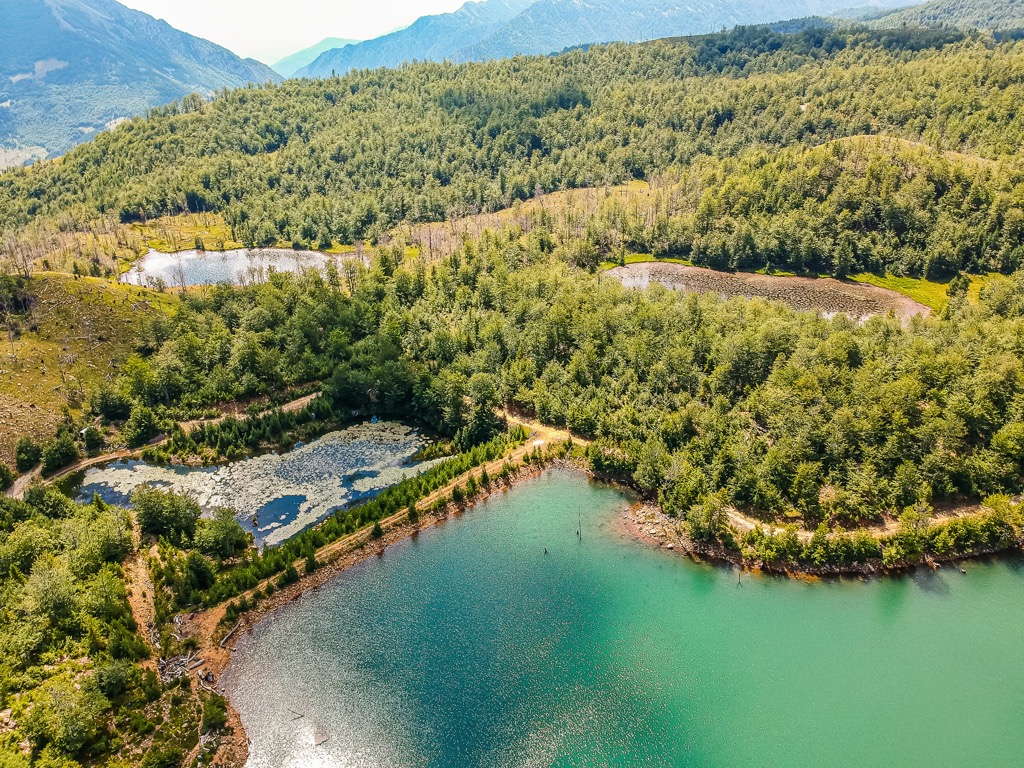
One of the prettiest lakes is the Lake of Flowers. It's named for the white lilies which grow in abundance on its shores, and it's one of several lakes that can be seen from a nearby viewing platform.
The Lake of flowers is known for its stunning display of large, white water lilies during the summer. During the winter, the lake freezes and creates a new environment, perfect for cross-country skiing.
The town of Peshkopi is about 25 km (15 mi) east of Lura-Dejes Mt National Park, and the villages of Fushë-Lurëand Sina e Epërme are found within the expanded park. The park has a variety of offers appealing to local and foreign tourists. The natural and biological resources, as well as the landscape's beauty, could really take tourism in this region to the next level.
The terrain of Lura-Dejes Mt National Park is truly rugged. Even in the lower elevations, one can see signs of karstification, which is why the formation of these lakes was so easy and why there are so many of them. The park also protects Deje masiff, towering above the lakes, whose rocks are of dolomite origin.
Elevations in the area vary from 600 m to over 2,000 m (6,561 ft). The geomorphological conditions of the region reflect the dynamic geological history, tectonic movements, and erosive activity of the rivers flowing through it.
In between the two lakes in this national park lies Deja massif, which towers above the surrounding hills. This mountain is surrounded by Munella and Korab in the east and west, respectively.
In the northeast is Lura, in the east is Mount Runja, while in the west, an immense horizon takes your view as far away as the Adriatic Sea. The hills are evidence of geological activity, tectonic movements, and erosion over time.
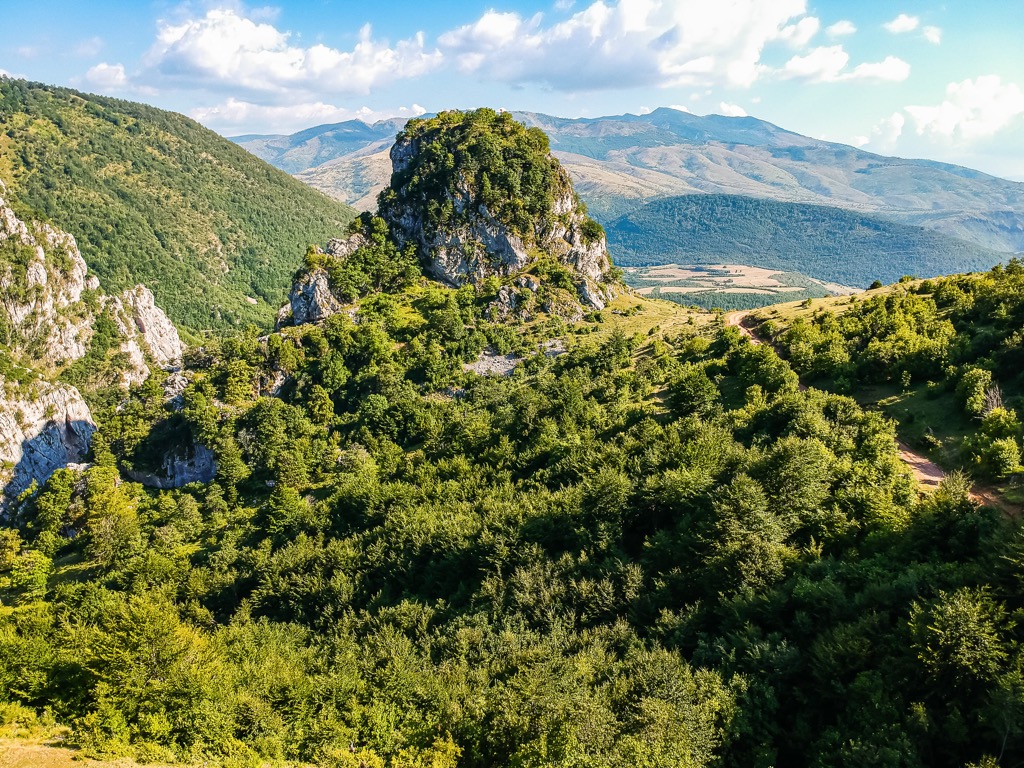
This park belongs to the Korabi massif. Geologically speaking, it's part of a limestone karst area that deserves special attention for its morphological and speleological features. In other words, most of the rocks here are of carbonate origin, meaning that they are also karstic.
Karstification is a process of erosion that creates caves, sinkholes, and other underground voids. Karstification is caused by dissolved soluble rocks such as limestone and dolomite.
Karstification can be caused by a number of factors, including the natural chemical weathering of the rock and the presence of water. Still, these lakes are also of glacial origin, meaning that they are created when a glacier moves over a depression on the earth's surface.
Depressions are usually caused by the weight of the ice sheet. The water that is trapped in this depression will eventually form a lake. This lake will be fed by meltwater from the glacier and precipitation.
The highest elevations here include:
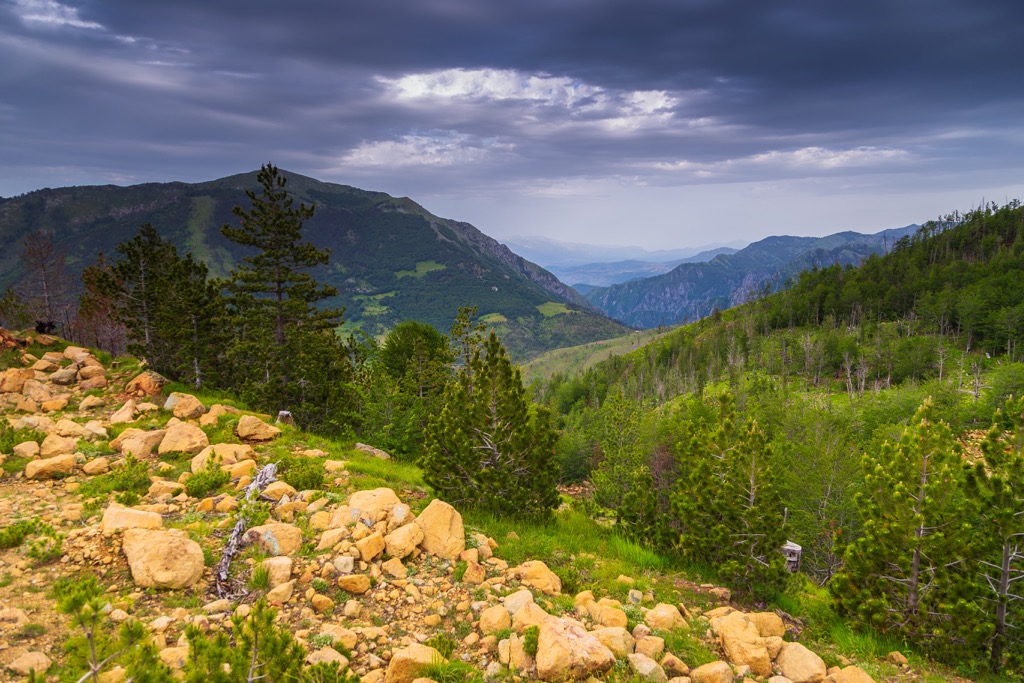
Lurë-Dejës Mt National Park has great variability in elevation. This is reflected in its plant and wildlife, as higher plant life consists mainly of coniferous and deciduous trees, especially around the shores of the lakes.
The most common tree native to Lurë is the European Beech, as well as Silver Fir, Black Pine, and Bosnian Pine. The threatened Balkan Pine is also found here.
If you were to classify the park by phytogeography, it falls in the Pindus Mountains mixed forests terrestrial ecoregion of the Palearctic Mediterranean forest, woodland, and scrub biome.
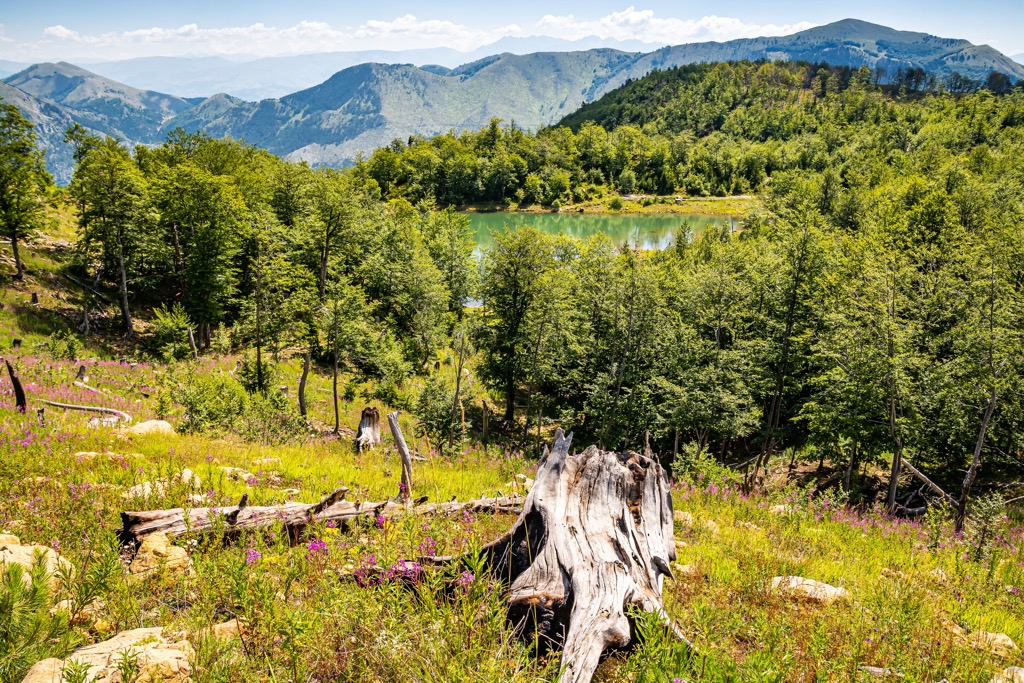
The Pindus Mountains mixed forests are a terrestrial ecoregion of Europe. The ecoregion lives on in the Pindus Mountains, which stretch from Albania to northern Greece. The climate is Mediterranean, with cool, wet winters and hot, dry summers.
The area features many different types of habitats, including coniferous forests, deciduous forests, and Mediterranean scrubland. The vegetation consists mainly of oak and beech forests with some coniferous trees at higher elevations. There are also areas of grassland and shrubland on the lower slopes that have been cleared for agriculture or grazing livestock.
The Pindus Mountains are a biodiversity hotspot with many endemic species of plants and animals. The mountains are also an essential source of water for the surrounding areas. There is a significant amount of plant diversity in the area, with more than 1,500 species being found here.
However, after the fall of communism in the 1990s, most of Lura National Park was affected by deforestation without regulation. Illegal logging and forest fires have threatened ecosystems and have led to as much as 50% loss from Lura's original area.
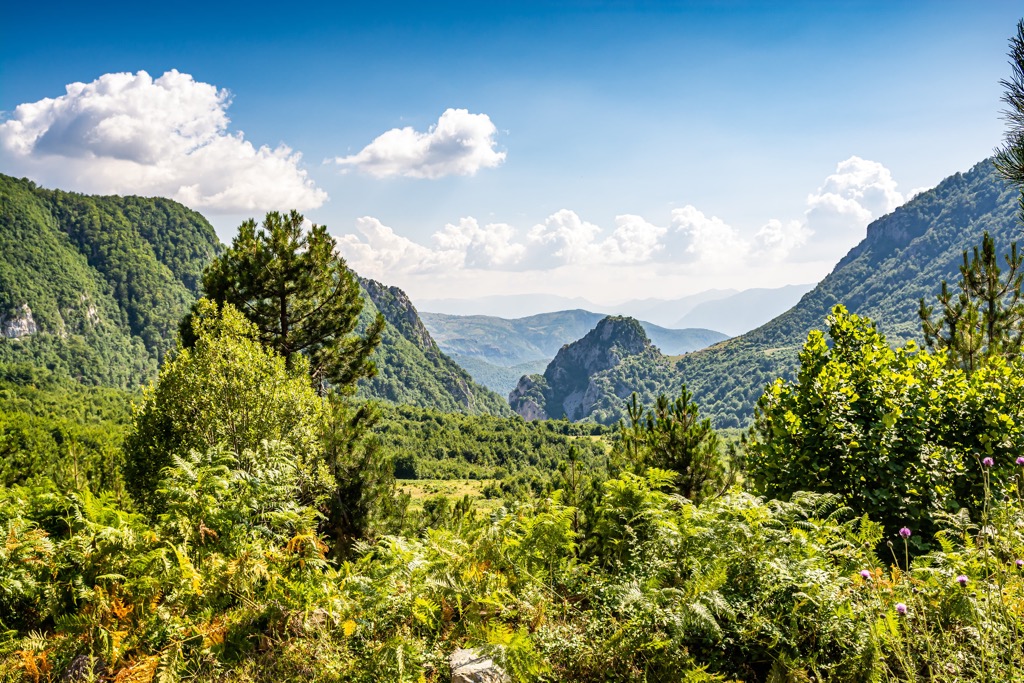
In 2014, the Government of Albania launched reforestation and road work. The biggest animal in the park is the European brown bear, which is accompanied by other types of wildlife, such as Eurasian lynxes, wolves, pine martens, and deer. Among birds, we highlight the presence of the wild turkey, pheasant, and eagles.
Just like its surrounding mountains to the Albanian Alps, this range is also sparsely populated throughout history. The only people living here were herders who took their cattle onto the mountain pastures in summer. These people have lived like this since prehistory until the recent centuries, after which time they soon moved to lower elevations and eventually moved to towns and cities.
During the political chaos of the 1990s, environmental destruction took place in this area. Illegal logging caused large parts of the park to be deforested, and once logging slowed significantly, forest fires and bark beetles affected and diminished other forest areas.
The Ministry of Tourism and Environment published that Lura - Deja National Park will merge with Zall Gjoçaj National Park. The proposal of the Minister of Tourism and Environment planned for this 'new' park to have an area of 20,244 ha (50,024 ar).
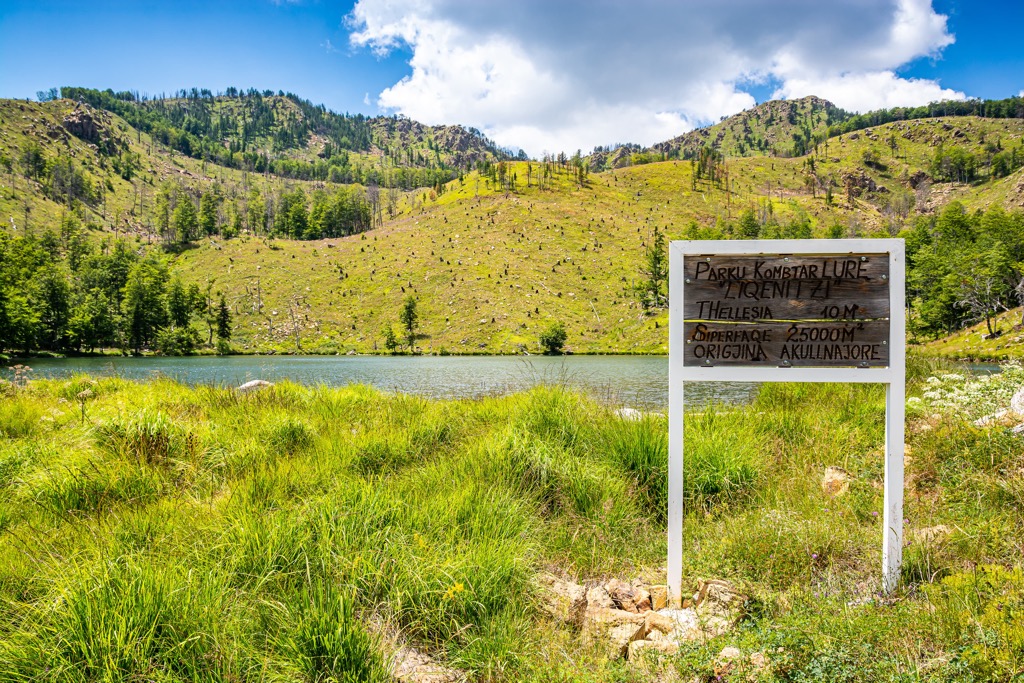
The Albanian government decided to expand the area of Lura-Dejes Mt National Park in 2018. The original parks were merged, and the newly created National Park of Lura-Deja grew to include additional peripheral areas. Now, this is one of the largest national parks in Albania.
Still, illegal deforestation and wildfires plague nature here, making the ecosystem’s survival the main problem. In 2019, local NGOs partnered with stakeholders to plant 1,000 new trees inside the protected area.
Furthermore, locals are aiming to plant 7,500 trees by 2022. Still, the threat is not over. Hydroelectric power plants threaten the future of Lure-Deja National Park by damaging the local ecosystem.
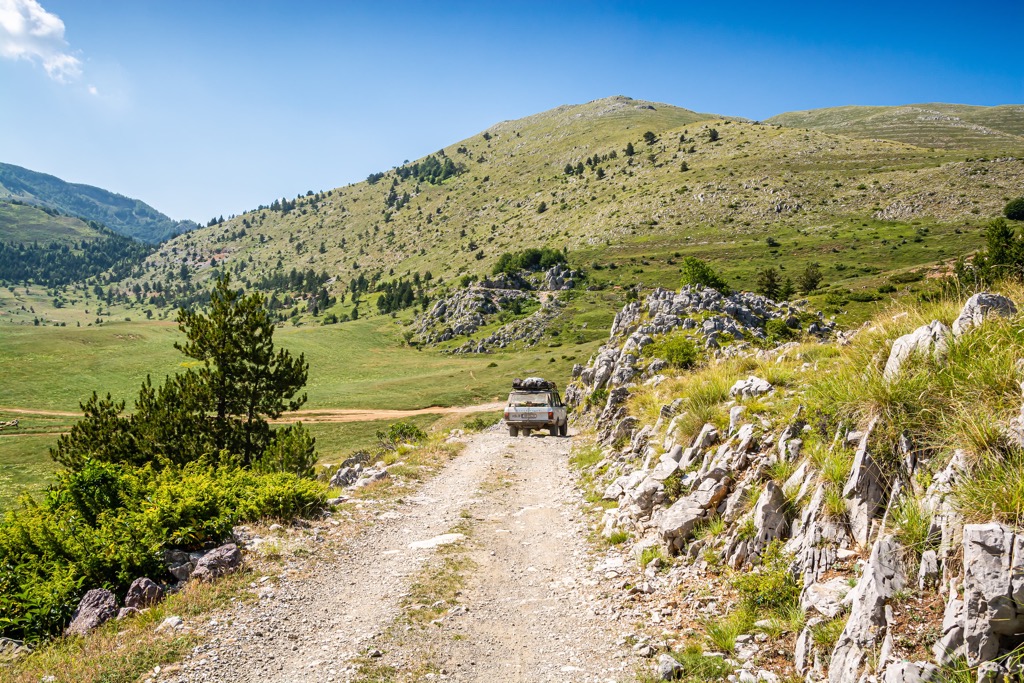
Don’t miss out on these hikes when you’re in Lura-Dejes Mt National Park
These mountains are dominated by the glacial lakes of Lura and Dejes. The path is 58 km (36 mi) long, taking one day by off-road car and two days on foot.
In fact, this is the most exciting hike in the whole national park, and it is the highlight of your trip. The lakes are, on average, 100 m (328 ft) long and 25 m (82 ft) wide. The area they cover is roughly 100 ha (247 ar), and the depth is 5 m (16 ft) or greater.
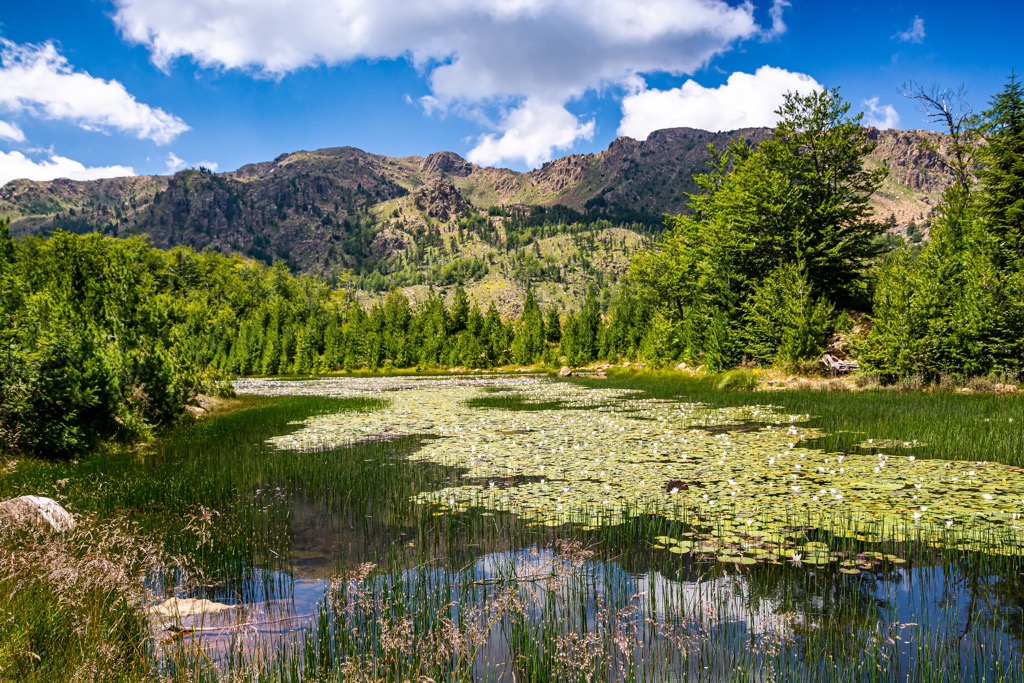
Dejes mountain is situated in northern Albania, and the highest peak is Mali i Dejës (2,244 m/7,326 ft). Dejë Mountain is south of Lura Lakes and part of Lura-Dejes Mt National Park. If you are in the area, Macukull village is a short drive away, and your tour starts. The circular route takes 9 mi.
Here are the major cities near Lura-Dejes Mt National Park
Shkoder is a city in Albania, and it is the second largest city in the country. It has a population of around 200,000 people. The Ottoman Empire founded the city in 1466, and it was named after Skanderbeg, a national hero of Albania.
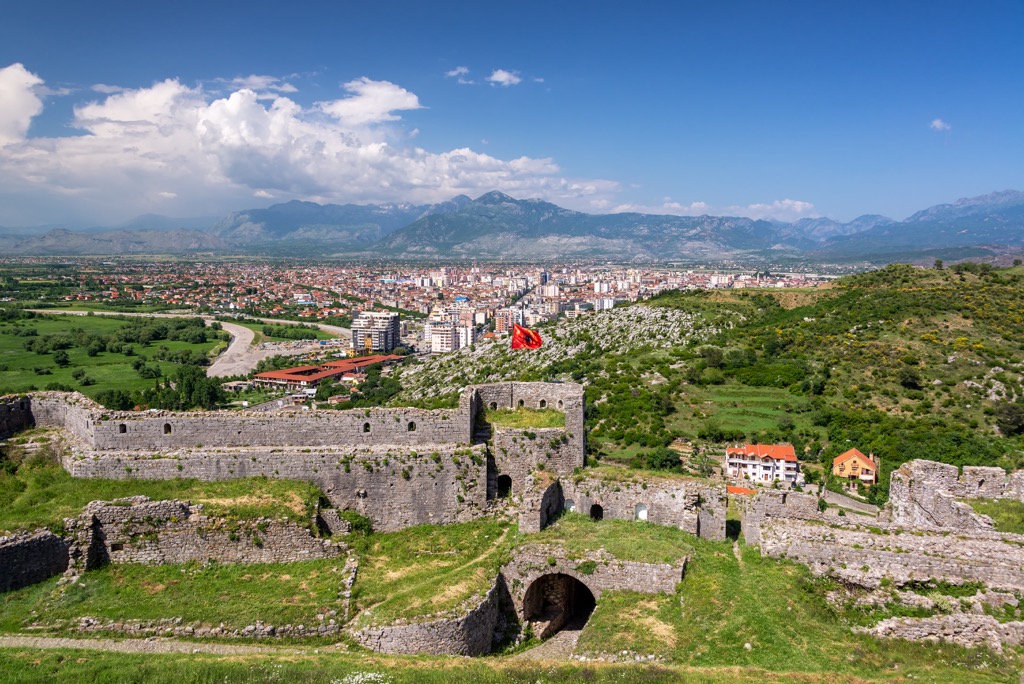
The city has been an important trade center for centuries, and it has been home to many different cultures. Shkoder is also known as the "City of Poets" because many famous poets have come from this region.
Tirana is the capital and largest city of Albania, but also the country's economic, cultural, and academic center.
Tirana is an ancient city with a rich history. The first settlement on the site dates from Neolithic times, around 6000 BC. Tirana was founded as a city in 1614 by Skanderbeg II after fighting for independence against the Ottoman Empire.
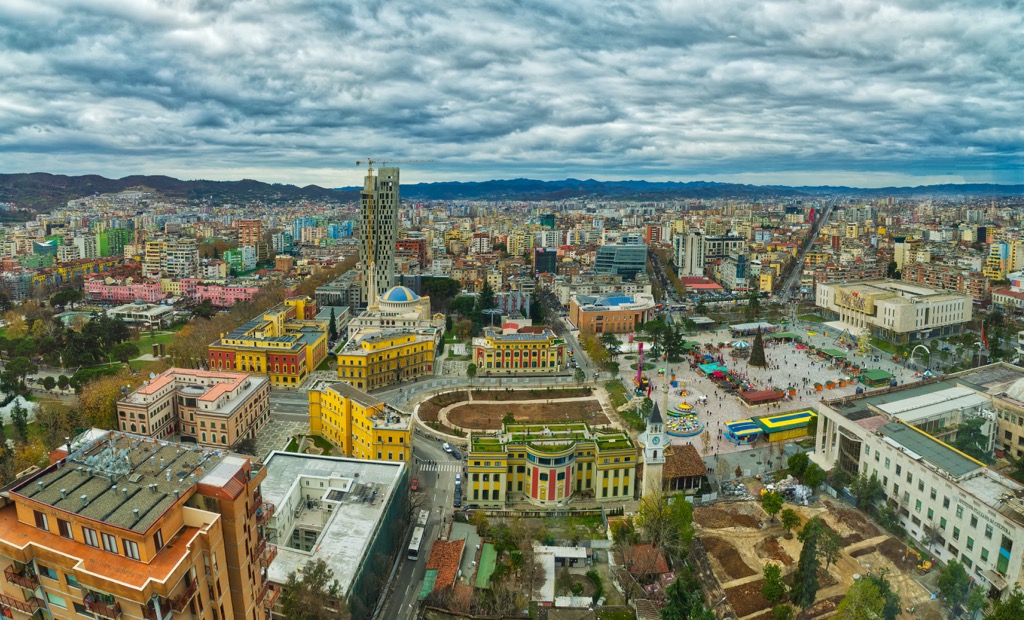
Explore Lura-Dejes Mt National Park with the PeakVisor 3D Map and identify its summits.








